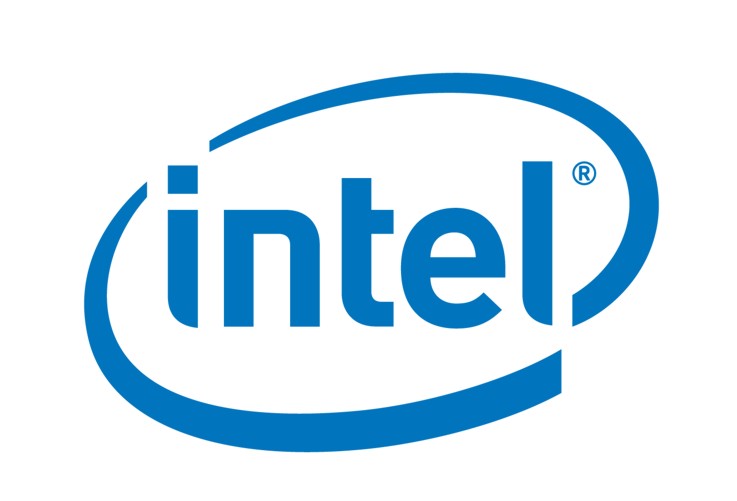Search This Site

Custom Search
|
 |
||
A Quick History Of IntelThe history of Intel is one of success. Intel was founded in 1968 by Gordon Moore and Robert Noyce. Both were physicists, with the claim to fame of inventing the microprocessor in 1971. Originally the company made SRAM (Static Random Access Memory) chips. Throughout the 1970's, Intel distinguished themselves with their various memory products. Their growth of memory products continued into the early 1980's. In 1983 the profitability of the memory market dropped considerably when Japanese companies entered the market. About this time, the success of the IBM personal computer was gaining momentum, and Andy Grove, the CEO of Intel, shifted their focus to microprocessors. This proved to be a very good decision for Intel, as history has shown. By the end of the 1980's, their business took off, and they pretty much dominated the microprocessor market through the 90's. Around 2000, the demand for the higher end processors started to fall, and competition for mid and low end processors grew, namely from AMD.
The History Of Intel ProcessorsThe first microprocessor in the history of Intel was named the 4004. It was the first microprocessor to be on a single CPU. Up to this point, there had been separate processors for different tasks. You would typically have a processor that would control keyboard input, printer input, display control, etc. Intel saw that they could combine all these controls and operations onto a single chip. In the history of Intel, this decision has stood out as one that has propelled them to the top of the processor market. The 4004 was quite small, only around 3x4 mm. This area held around 2300 transistors, and was a 4 bit processor running at around 108 kilohertz. Intel followed this up the next year with an 8 bit processor, the 8008, which had 3300 transistors running at about 200 kilohertz. This led eventually to the 8080 processor, which most consider to be the chip that started the microprocessor revolution.
The 8080 - Precursor to the x86 LineThe 8080 was used in many early computers, such as the Altair 8800 and the IMSAI 8080. It was also the basis for several early arcade games, with Space Invaders being the most popular. It revolutionized how computers were made as well. Up to this point, when a computer was manufactured, a single manufacturer would produce the entire computer. This would include the processor, terminal, software, and operating system. With Intel focused specifically on the processor, most companies couldn't keep up, and so started using Intel CPU's in their computer designs. The 8080 evolved into the x86 family of chips. Starting with the 286 in the early 80's, which contained 134,000 transistors, to the 486 in 1989 containing 1.2 million transistors, Intel has continued to develop faster and smaller processors. As a comparison, the first 486 was around 50 times faster than the original 4004.
The Pentium ProcessorIntel's big jump came in 1993 with the invention of the Pentium processor. This chip contained 3.1 million transistors and was around 5 times faster than the 486. Intel continued with the Pentium line, adding MMX technology, Celeron technology, went to Pentium 2, 3, 4 and today has their Core 2 lineup. To compare, the Core 2 series of chips is currently at a transistor count of 810 million, uses dual or quad processors on a single chip, and runs at speeds up to 3.4 Gigahertz.
Return to CPU's from History Of Intel Return to Build Your Own Computer Homepage |
|
||
|
|
|||
|
| Home Page | Motherboards | CPU | Memory | Computer Drives | Graphics | Power Supply
| Input Devices |
| Output Devices | Cooling | Cases | Modems | Troubleshooting | Computer Guides | Buying Guide | | Free Games | Computer Software | Green Computers | Ultra Mobile PC | Glossary | Builder's Corner | | Site Index | Contact Us | Advertising | Return to top
Copyright© 2008-2014. Voice Marketing Inc. All Rights Reserved. Read our Privacy Policy. |
|||



